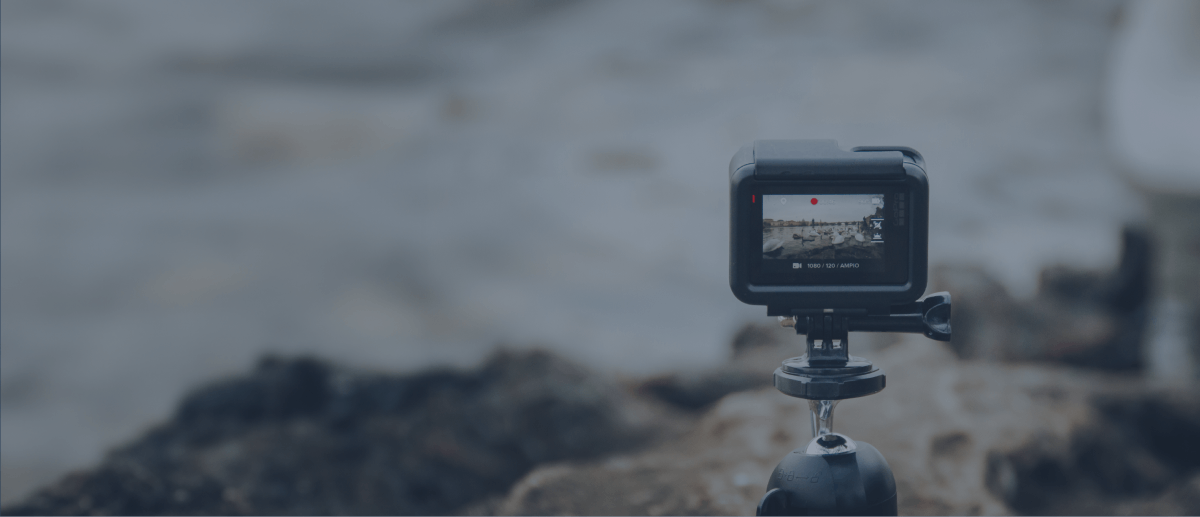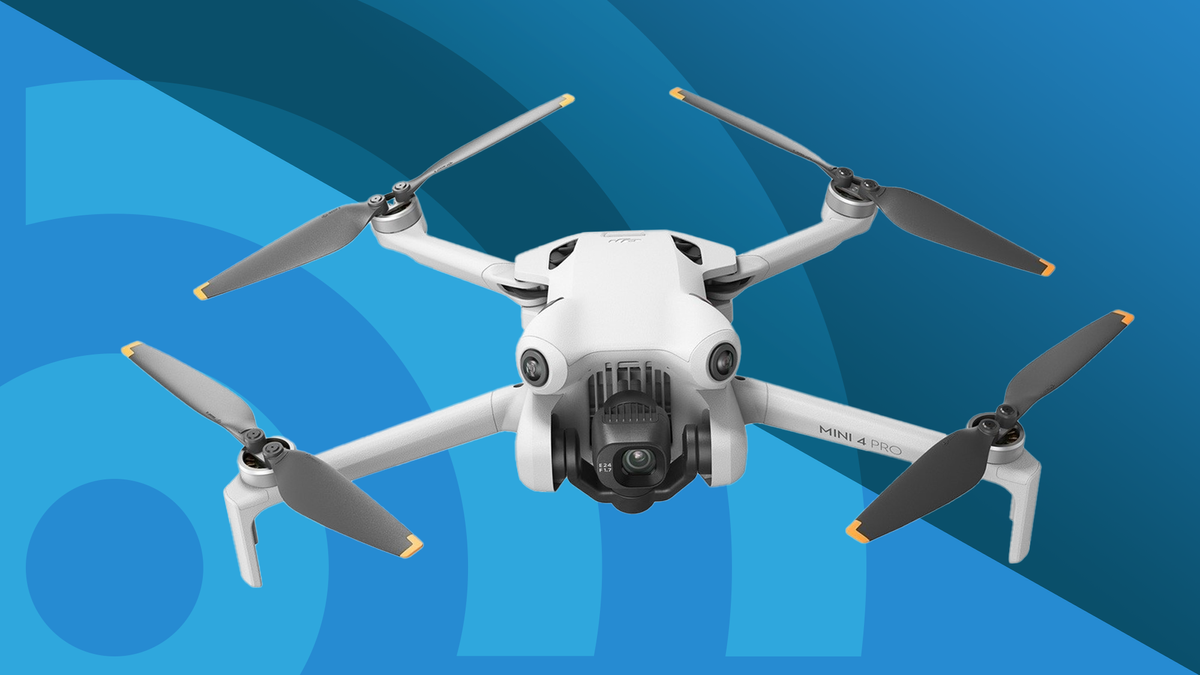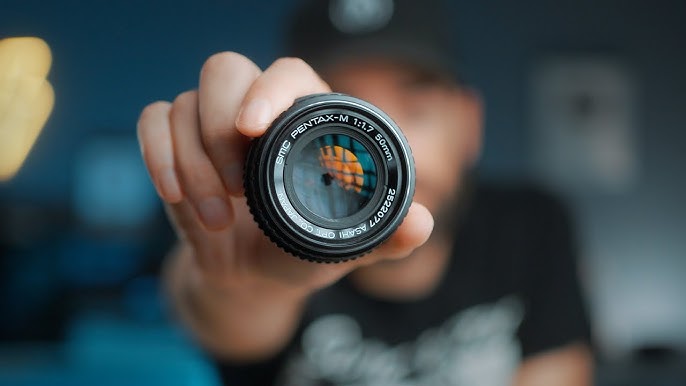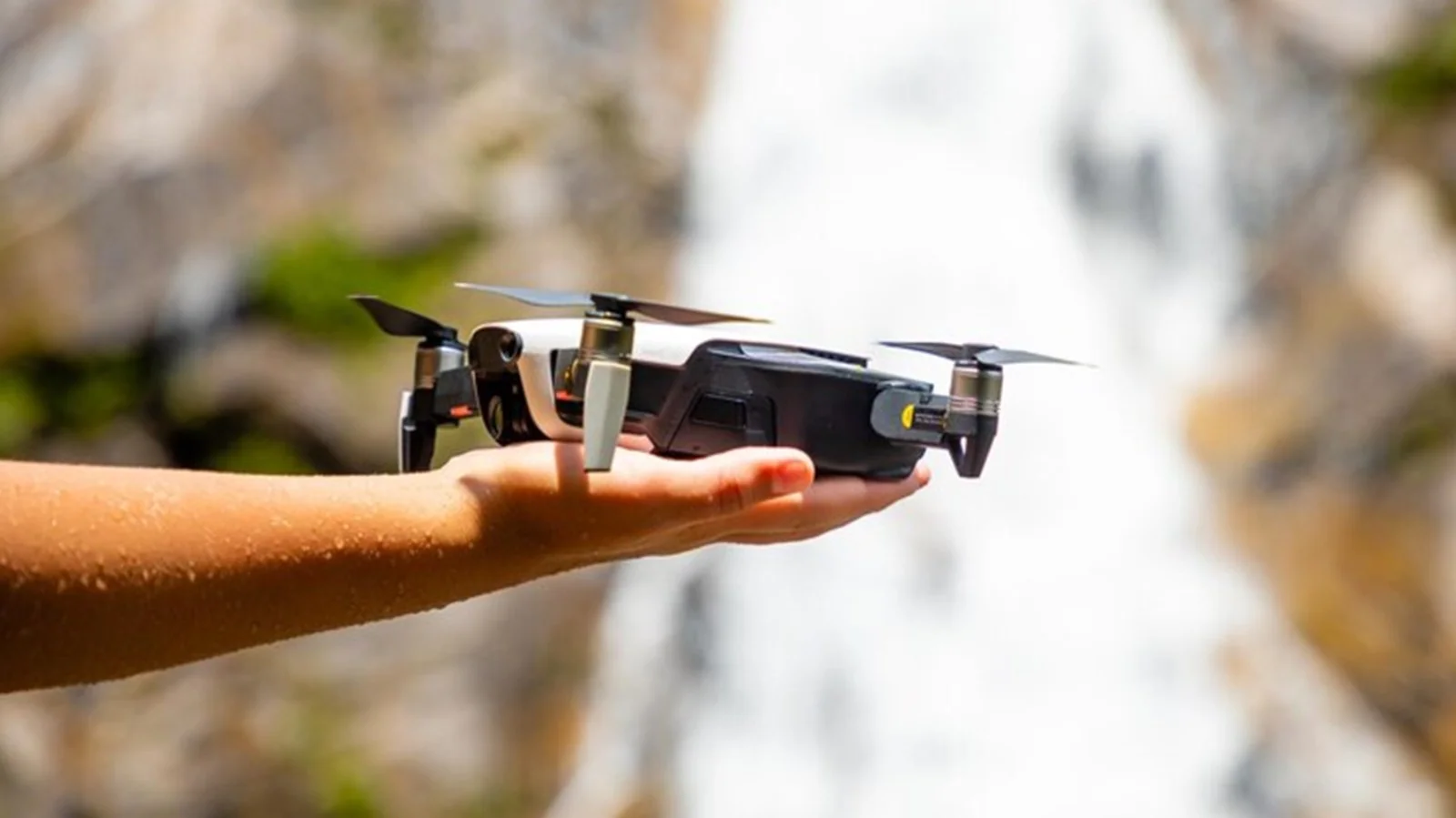Drone technology has revolutionized aerial photography and videography, making it accessible to both enthusiasts and professionals. However, with a plethora of models available, comparing the camera quality of different drones can be challenging.
This article provides a comprehensive comparison of drone camera quality, examining key factors that influence image and video performance to help you make an informed decision.
Key Factors in Drone Camera Quality
- Resolution
- Sensor Size
- Lens Quality
- Stabilization
- Low-Light Performance
- Color Accuracy and Dynamic Range
1. Resolution
Resolution determines the clarity and detail of your photos and videos. Higher resolution cameras capture more detail and produce sharper images.
- DJI Mavic 3 Pro: Offers a 20 MP camera with 5.1K video recording capabilities. The high resolution allows for extremely detailed photos and crisp, high-definition videos, making it ideal for professional use.
- Autel EVO Lite+: Equipped with a 50 MP camera and 6K video recording. This provides exceptional detail, especially useful for large prints or extensive digital cropping.
- DJI Mini 3 Pro: Features a 48 MP camera with 4K video recording. While not as high as the Mavic 3 Pro or EVO Lite+, it still offers impressive resolution suitable for most hobbyist and semi-professional needs.
2. Sensor Size
The sensor size affects the amount of light captured, impacting overall image quality, especially in low-light conditions.
- DJI Mavic 3 Pro: Boasts a large 4/3 CMOS sensor, which excels in capturing more light and detail, improving image quality in various lighting conditions.
- Autel EVO Lite+: Comes with a 1-inch CMOS sensor, which is larger than typical consumer sensors and offers excellent low-light performance and detail.
- DJI Mini 3 Pro: Features a 1/1.3-inch CMOS sensor. While smaller than the Mavic 3 Pro and EVO Lite+, it still delivers good performance in different lighting conditions.
3. Lens Quality
Lens quality affects sharpness, distortion, and the overall clarity of images and videos.
- DJI Mavic 3 Pro: Equipped with a high-quality lens that reduces distortion and provides sharp, clear images across the frame.
- Autel EVO Lite+: Features a well-engineered lens that ensures minimal distortion and delivers sharp, vibrant images with accurate color reproduction.
- DJI Mini 3 Pro: Includes a high-quality lens suitable for capturing sharp and detailed images, though it may not match the performance of the higher-end models.
4. Stabilization
Stabilization systems are crucial for ensuring smooth footage, particularly when flying in windy conditions or capturing high-speed action.
- DJI Mavic 3 Pro: Features a 3-axis gimbal that provides exceptional stabilization, resulting in smooth and steady footage even in challenging conditions.
- Autel EVO Lite+: Also equipped with a 3-axis gimbal, ensuring stable and smooth video capture, making it ideal for cinematic shots.
- DJI Mini 3 Pro: Comes with a 3-axis gimbal as well, offering good stabilization for its class, though it may not perform as well as the larger, more advanced drones in very windy conditions.
5. Low-Light Performance
Low-light performance is critical for capturing clear and detailed images in dim conditions.
- DJI Mavic 3 Pro: Its large 4/3 sensor and advanced image processing provide excellent low-light performance, making it suitable for dusk and dawn shots.
- Autel EVO Lite+: The 1-inch sensor also performs well in low-light conditions, offering detailed and clear images even in less-than-ideal lighting.
- DJI Mini 3 Pro: While it performs well in moderate light, its smaller sensor may struggle in very low-light conditions compared to the Mavic 3 Pro and EVO Lite+.
6. Color Accuracy and Dynamic Range
Color accuracy and dynamic range determine how well a camera captures and reproduces colors and details in both bright and dark areas.
- DJI Mavic 3 Pro: Known for its excellent color accuracy and dynamic range, thanks to its advanced sensor and image processing technology. It supports D-Log color profiles for enhanced post-production flexibility.
- Autel EVO Lite+: Offers strong color accuracy and a broad dynamic range, with options for D-Cinelike color profiles to maintain detail in both shadows and highlights.
- DJI Mini 3 Pro: Provides good color accuracy and dynamic range for its class, but may not have the same level of detail in extreme highlights or shadows as the higher-end models.
Conclusion
When comparing drone camera quality, it’s essential to consider factors such as resolution, sensor size, lens quality, stabilization, low-light performance, and color accuracy. The DJI Mavic 3 Pro stands out for its superior resolution, large sensor, and exceptional low-light performance, making it a top choice for professionals.
The Autel EVO Lite+ offers excellent resolution and dynamic range, providing great value for serious enthusiasts. The DJI Mini 3 Pro, while more affordable, still delivers impressive image quality and performance suitable for most hobbyists and semi-professionals.
By understanding these aspects, you can choose the drone camera that best meets your needs, whether for professional projects or recreational use.









Leave a Reply